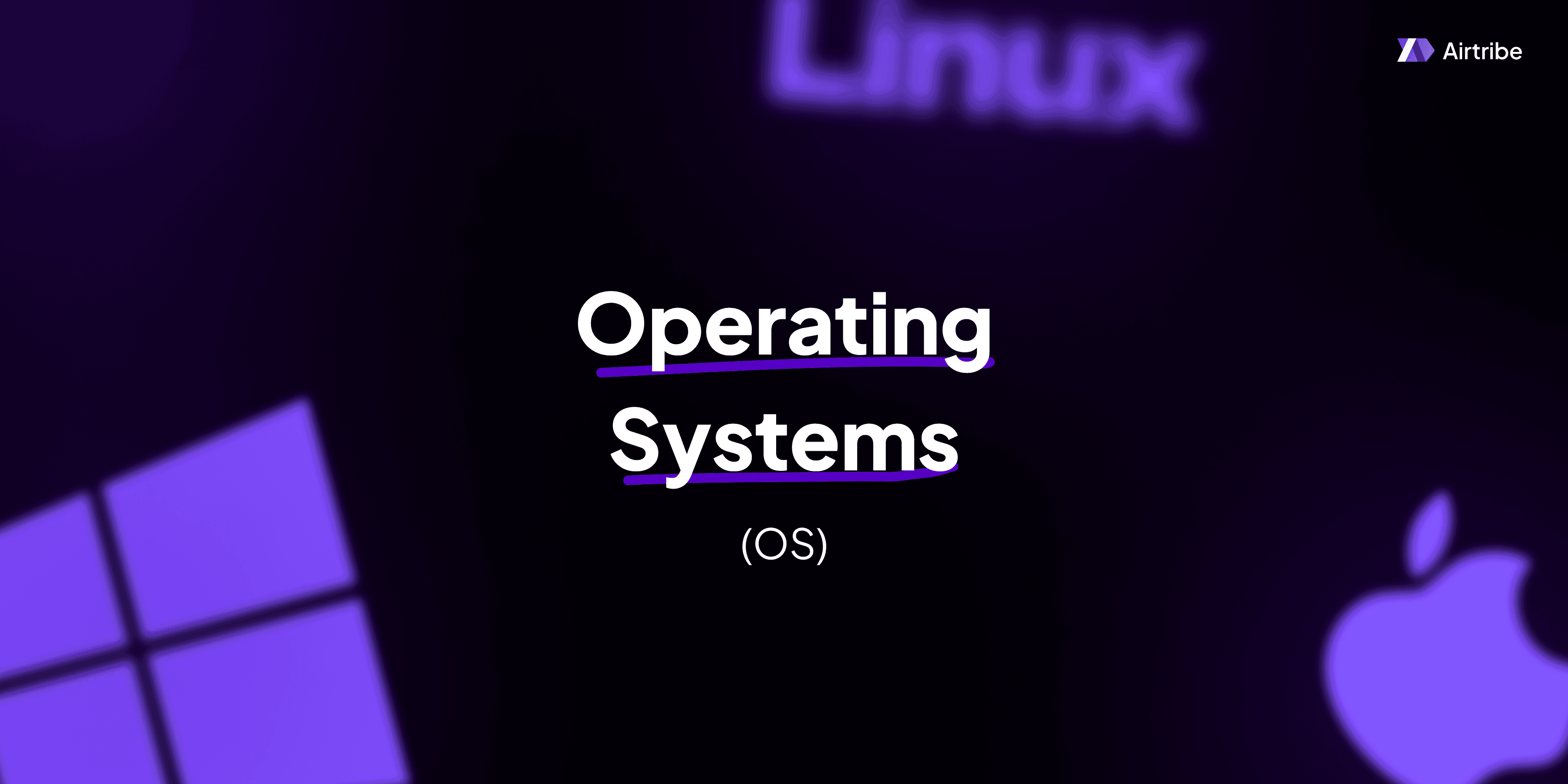Direct and Associative mapping

Understanding Memory Mapping Techniques
Memory management is a crucial aspect of an operating system, ensuring efficient memory utilization and seamless execution of processes. Among various memory management techniques, Direct Mapping and Associative Mapping play significant roles in cache memory organization. This article delves into the core concepts of these techniques, their practical applications, and how they compare with each other in various scenarios.
Core Concepts and Theory
Cache Memory
Cache is a smaller and faster type of volatile computer memory that provides high-speed data access to a processor. It temporarily stores copies of frequently accessed data from main memory to reduce the average time to access data. Efficient cache memory mapping is vital for enhancing system performance, and Direct Mapping and Associative Mapping are two fundamental strategies employed for this purpose.
Direct Mapping
Direct Mapping is one of the simplest cache mapping techniques. In direct mapping, each block of main memory maps to exactly one cache line. This is achieved using a simple formula:
[ \text{Cache line} = (\text{Block number}) \mod (\text{Number of lines in cache}) ]
Components:
- Block Address: Divided into tag, index, and block offset.
- Index: Determines the cache line number.
- Tag: Identifies if the block in the cache is the one needed.
Advantages:
- Simple to implement.
- Fast access time due to straightforward lookup.
Disadvantages:
- High cache miss rate if many blocks map to the same cache line, leading to frequent replacements.
Associative Mapping
Associative Mapping, also known as Fully Associative Mapping, offers more flexibility by allowing a block of data to be placed in any cache line. Every cache line is checked to see if it holds the required block using its tag.
Components:
- Tag: Compared against all cache line tags to check for matches.
Advantages:
- Lower miss rate compared to Direct Mapping since any block can go into any cache line.
- Flexible with regard to cache placement.
Disadvantages:
- Slower than direct mapping due to needing to search every cache line.
- More complex hardware needed for tag comparison.
Practical Applications
- Direct Mapping: Used in systems where simplicity and speed are prioritized over flexibility, and memory access patterns are predictable.
- Associative Mapping: Preferred when minimizing cache misses is crucial, such as in systems with irregular memory access patterns.
Code Implementation and Demonstrations
For demonstration purposes, let's consider a simple implementation of Direct and Associative Mapping in Python to simulate cache operations.
Direct Mapping Example
class DirectMappedCache:
def __init__(self, size):
self.size = size
self.cache = [None] * size
def access(self, block_number):
index = block_number % self.size
if self.cache[index] == block_number:
return "Cache Hit"
else:
self.cache[index] = block_number
return "Cache Miss"
cache = DirectMappedCache(4)
print(cache.access(5)) # Output: Cache Miss
print(cache.access(9)) # Output: Cache Miss
print(cache.access(5)) # Output: Cache Hit
Associative Mapping Example
class AssociativeCache:
def __init__(self, size):
self.size = size
self.cache = []
def access(self, block_number):
if block_number in self.cache:
return "Cache Hit"
else:
if len(self.cache) >= self.size:
self.cache.pop(0) # Evict least recently used block
self.cache.append(block_number)
return "Cache Miss"
cache = AssociativeCache(3)
print(cache.access(5)) # Output: Cache Miss
print(cache.access(6)) # Output: Cache Miss
print(cache.access(7)) # Output: Cache Miss
print(cache.access(5)) # Output: Cache Hit
Comparison and Analysis
| Feature | Direct Mapping | Associative Mapping |
|---|---|---|
| Simplicity | High | Low |
| Speed | Fast | Slow |
| Flexibility | Rigid | Flexible |
| Miss Rate | Higher | Lower |
| Hardware Complexity | Low | High |
Additional Resources and References
Books:
- "Computer Architecture: A Quantitative Approach" by John L. Hennessy and David A. Patterson.
- "Modern Operating Systems" by Andrew S. Tanenbaum.
Online Resources:
These resources provide more detailed insights into the workings of memory management and cache mapping techniques. Understanding these concepts is essential for system design and performance optimization in the domain of operating systems.


